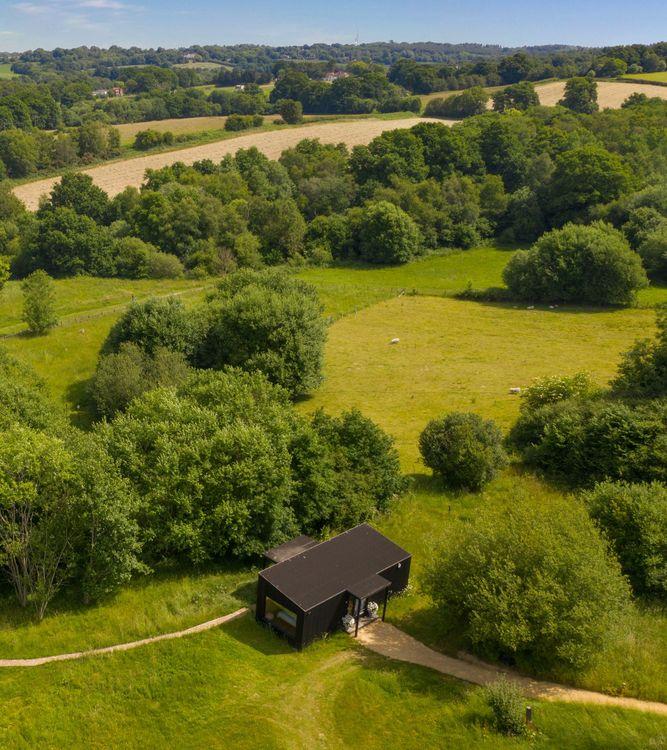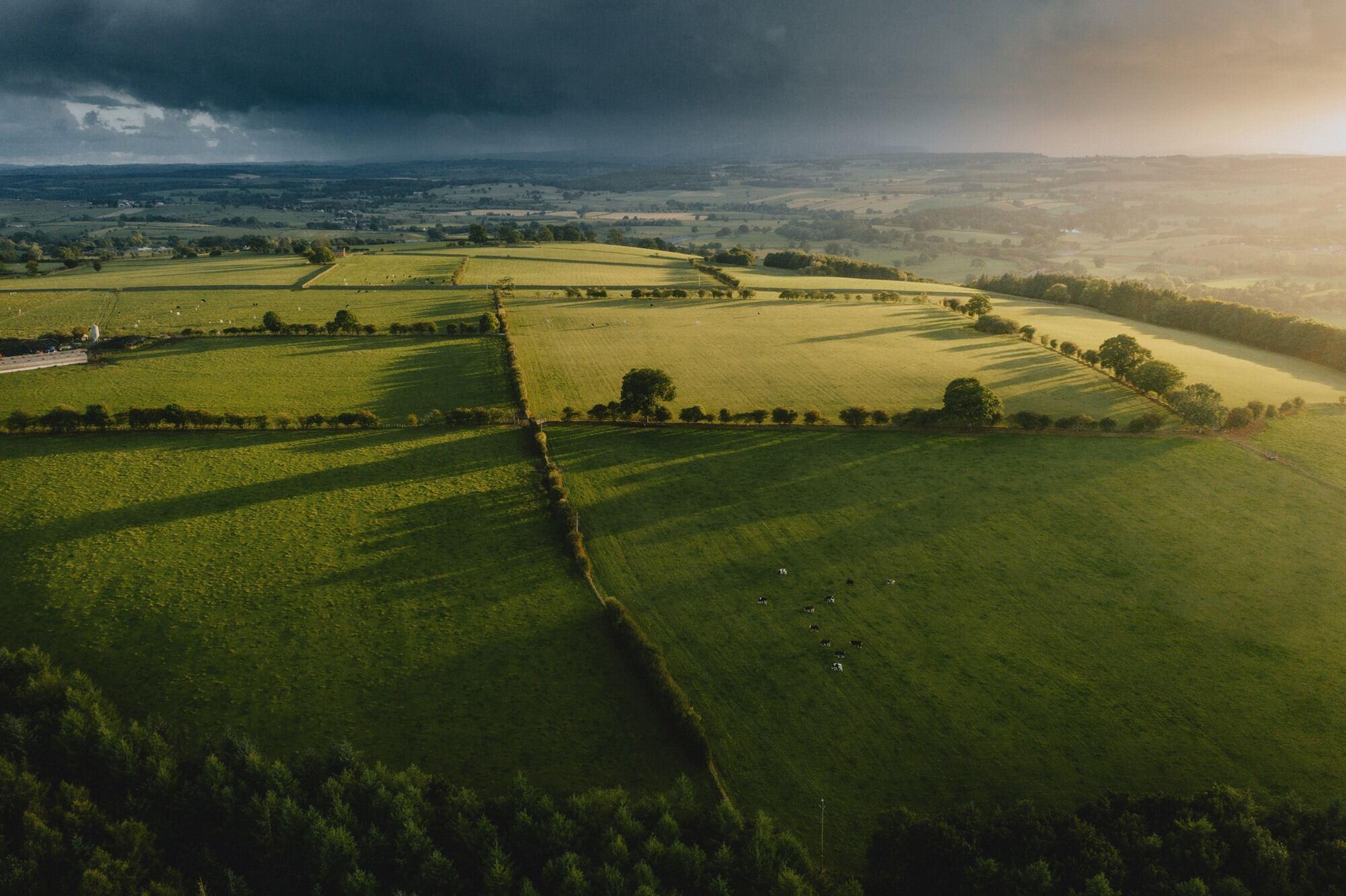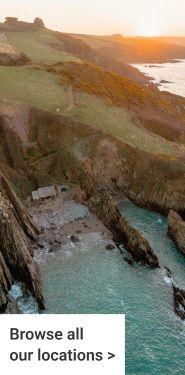
Getting planning permission for a glamping site
Glamping’s slightly alternative feel might make you wonder if you really need planning permission for a glamping site, but going through the application process is both necessary and complex. Here’s some information to get you started, but feel free to get in touch for more help and guidance.
Do I definitely need planning permission for a Glamping Site?
Yes, any Glamping site needs some form of planning permission, even if it’s just in your garden. The type of planning is dependent on the type of structure you want on site. You will need either:
Operational Development for a permanent structure (cabin, treehouse or other structure which has ground penetrating foundations.)
OR
Operational Development for a temporary structure (yurt, shepherd’s hut, cabin on wheels, bus etc. which is on wheels or is non-ground penetrating footings and can be removed from site and leaves no trace).
All sites will also need to apply for ‘Change of Land Use’ to become ‘Tourist Accommodation’.
The only exception to this rule is permitted development where a site can operate temporary structures (usually limited to canvas) for 28 days (extended to 56 days in 2020 & 2021).
How long will it take me to get planning permission?
Compiling a planning application can be complex and time consuming, taking anywhere between 6-12 months to obtain.
A pre-application, once compiled and submitted, should be responded to by the LPA (Local Planning Authority) within 2-6 weeks.
Your full application, once compiled and submitted, has a statutory determination period of 8 weeks
Bear in mind that some ecological surveys can only be carried out at certain times of year. For example Bat surveys (April-September).
What’s the process?
Each local authority has a different approach. We almost always recommend starting with a pre-application, as this is a low-cost way of gauging the response of the local authority before investing in a full application. If your local authority are willing to conduct a site visit, we highly recommend this, as speaking to someone in person is favourable.
How do I get started?
It’s worth swotting up on relevant documents and familiarising yourself with the following:
- The national planning policy framework (NPPF) for England and Wales, where there is obvious support for the development of rural tourism.
- Your local development plan or LDP. The LDP is the county’s vision/plan for development.
- Your neighbourhood development plan or NDP. This is a development strategy on a parish council level, however, at the time of writing (Aug 21) this is a fairly new document, so only about 30% of the UK has one in place so far.
By reading through these localised documents you will get a good idea of the likelihood of success in your area.

What will determine the success of my application for glamping site planning?
The success of your glamping planning application is based on a number of factors:
- If your site falls within any land designations such as National Park, AONB, SSI, Listed Park or Garden, Conservation area or Flood Zone, the application may be more difficult and costly. You may need to consider a temporary structure.
- Local Planning Authorities (LPA) like to see existing holiday hospitality businesses on site already as proof.
- Access and impact on highways are often key considerations for local authorities
- Disposal of foul drainage also needs to be carefully considered.
- Visual Impact is a key deciding factor for the LPA
- Many local authorities will favour low-impact and sustainable developments.
- Having a solid and concise business plan with financial forecasting for the project is vital.
- You may be required to undertake additional survey work by independent experts such as habitat or species surveys, flood surveys. These can be costly therefore it is important to understand and factor these in in advance.
- Getting the support of the local community will be valuable to the success of your application.
The planning system can be dauntingly complex but with the right preparation, you will usually find support for well-thought-out tourism development and be granted planning permission. If you would like expert assistance with planning, Canopy & Stars Consultancy can help with everything from light-touch advice, to the answering the more technical questions or even undertaking the entire application process on your behalf.
For more information on this please get in touch with: ideas@canopyandstras.co.uk or read more about our consultancy and tell us more about your plans here.







